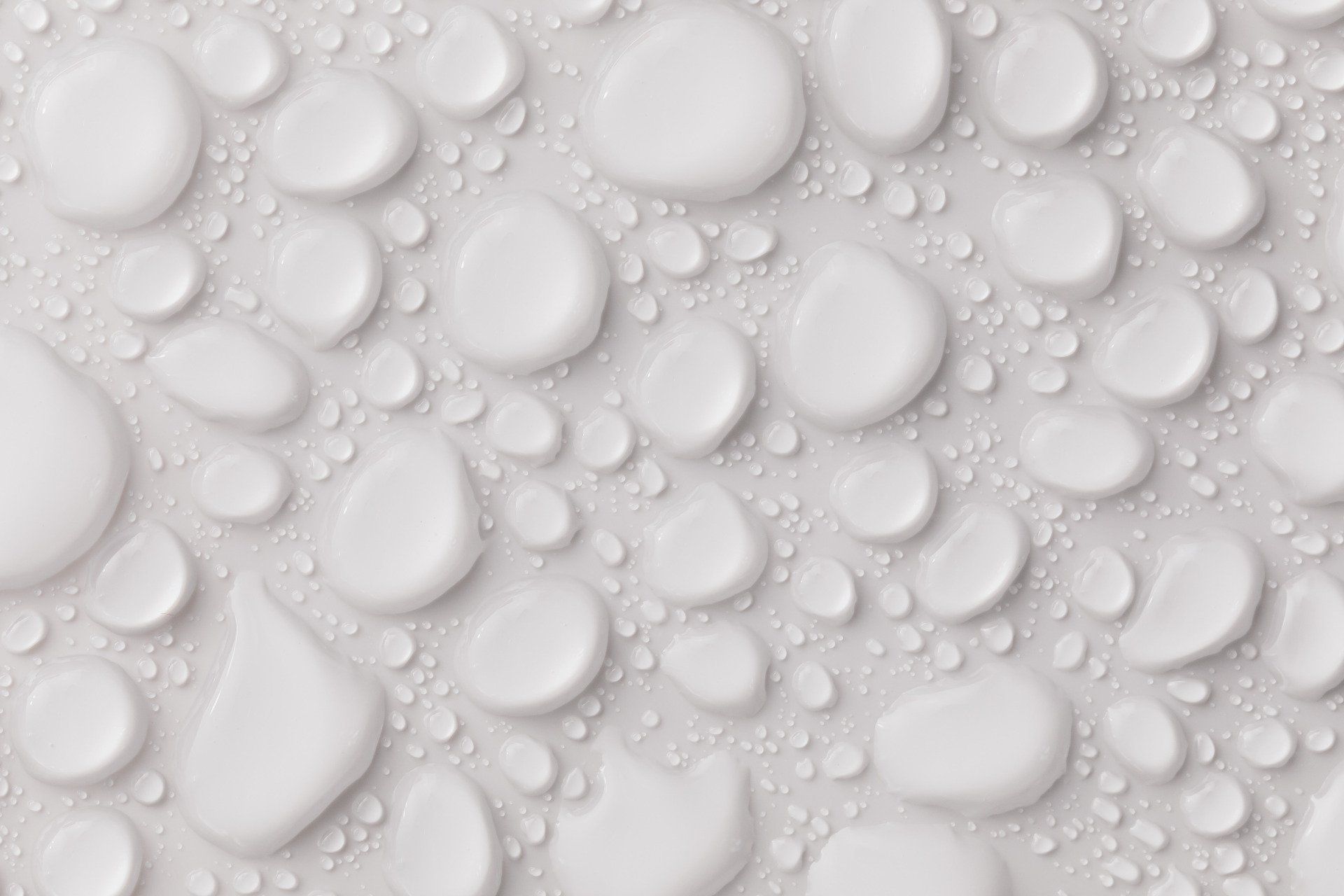Newborn Care
Newborn Care Begins From The Moment Your Baby Arrives
Here at Shelby Pediatric Associates, we like to begin your newborn care in the hospital and continue as an integral part of the comprehensive care provided by our professional team!
Our pediatricians understand the challenges of taking care of a newborn. They also provide the same gentle care they’d use for treating their family. If you’re pregnant, looking for a pediatrician, and you’d like to meet the team, or you need to schedule a newborn visit, call our office.

New Paragraph
New Paragraph
Newborn Care FAQs
When does my newborn have their first checkup?
Your new baby has their first checkup within two weeks after leaving the hospital. During this newborn care visit, their pediatrician performs the required newborn screening tests in the office, so you don’t need to make a separate trip to the hospital for your baby’s testing.
Your newborn’s checkup is a comprehensive exam to be sure they’re growing and developing normally. During the checkup, the pediatrician:
- Checks your baby’s weight, length, and head circumference
- Evaluates your baby’s feeding, bowel, and sleeping habits
- Does a physical examination, including an eye exam
- Performs a developmental evaluation
These visits also give parents time to ask questions about their baby, whether they’re not sure about how to bathe the baby, they have trouble with feeding, they’re worried about the baby’s sleep schedule, or any other concerns.
What screenings does newborn care include?
Some states routinely screens for genetic and rare medical conditions, including 32 core and 24 secondary conditions. The goal is to identify and treat diseases early enough to prevent serious complications such as growth problems, developmental delays, intellectual disabilities, blindness, deafness, and seizures.
Within the first 24 hours after delivery, your newborn has a hearing screening, and blood is drawn from their heel to run the routine screening tests. Some states require the same procedure to take place at your baby’s two-week checkup.
What are well-child visits?
Well-child visits are ongoing checkups for children that follow a specific schedule. After the two-week newborn care visit, your newborn should see the pediatrician at one and two months.
During each visit, their pediatrician will evaluate their growth, developmental milestones, and behaviors. If your baby needs routine blood draws, they can also be done in the office. Just like the two-week newborn care visit, every well-child checkup is an opportunity to talk with the pediatrician about baby care and your baby’s health and safety.
Your pediatrician also gives immunizations at the two-month visit to protect your baby from:
- Polio
- Hepatitis B
- Rotavirus
- Diphtheria
- Haemophilus Influenzae
- Pneumococcus
Small doses of the same immunizations are repeated several times over the first 18 months to be sure your infant is fully immunized against contagious diseases.
